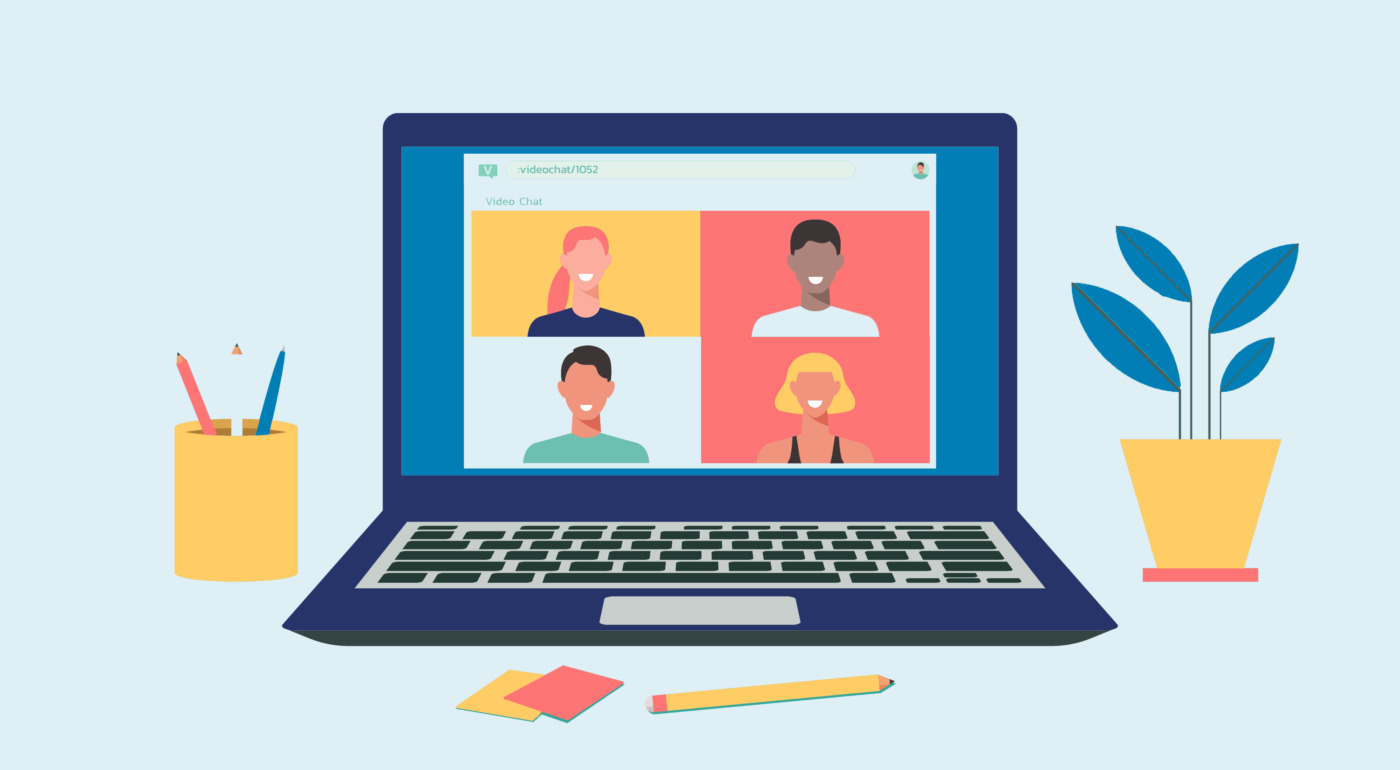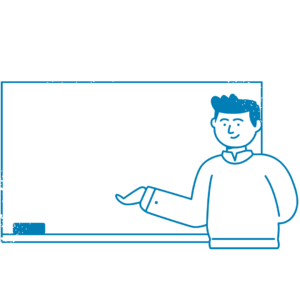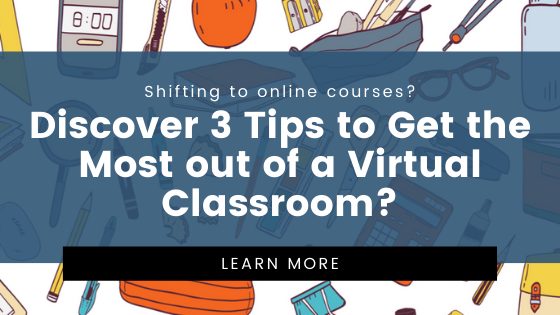The Value of Video for Remote Learning
School’s back in session – well, sort of.
All over the country, classes are starting back up again, with institutions implementing a variety of different approaches to learning. Schools are either back for in-person classes, embracing fully remote learning for the foreseeable future, or utilizing a hybrid model of partly in-person/partly at-home education.
For any educational environment – and particularly remote learning – video is being looked at as an incredibly useful tool. Between utilizing video conferencing software used to host live classes, leveraging recordings of classes and lectures to reinforce learning, and incorporating video content for supplementary learning and studying materials, it’s no wonder why students and teachers are embracing video’s many benefits on remote learning.
3 Tips to Get the Most out of a Virtual Classroom ✨
Using Video to Stream Live Classes
More than 50% of elementary and high school students are expected to be fully remote for the fall of 2020, meaning millions of children are gearing up to use video as the primary connection to their teachers and their classrooms. With a video conferencing software like Zoom, students gain substantial benefits that aid in their learning that they wouldn’t otherwise have, such as:
Real-time Learning
Live videos are the closest semblance of pre-pandemic normalcy for students taking classes online, and are especially useful for those who have struggled to adapt to the new virtual classroom. Live videos make it possible for students to ask questions to their teachers during class – whether through chat or by actually turning on their microphones and cameras.
Immediacy
Some have argued that watching pre-recorded classes instead of attending live virtual ones helps students with time management, but live-streamed classes are a great solution for students with a procrastination problem. This format holds students accountable for showing up and paying attention.
Using Recorded Video to Review Previous Classes
Recorded class videos that can be accessed any time are an added benefit of remote learning. Whether or not these recordings are made available after a live class or are the sole classroom experience for students, they come with plenty of perks that are not offered in the traditional classroom model. Here are some of the most impactful ones:
Make Learning More Accessible
Educators who add captioning to their lectures and class recordings make remote learning more accessible for those who are deaf, hard of hearing, have trouble understanding their instructors, or learn better thanks to the added focus and engagement provided by captioning (note: this last scenario applies to 80% of caption users).
Self-Paced Learning
For students who are not attending their remote classes live, watching lesson video recordings allows for self-paced learning. As we mentioned above, this format might not be the best long-term solution for students who need attention and structure during the school day, but for older and more focused students who have (or are gaining) the ability to manage their time, lesson recordings allow them to learn at their own pace and build a schedule that allows them to take in information at the opportune time.
Recall Content in Context
Have you ever looked over a note you took so quickly in class that you forgot why you took it and what the key takeaway of it was? Or worse – ever dozed off in class completely and missed an instructor’s comment completely? Well, with video recordings of classes or lectures, those problems cease to exist.
As a studying tactic, students can watch saved class recordings over and over again to pick up on every detail their instructors provide – ensuring no minor detail is forgotten when studying for the big test.
Review Teaching Effectiveness
Administrators and parents can also benefit from recorded classes. School principles and department heads can watch saved remote learning videos to see if teachers are covering course content appropriately and effectively, and parents can virtually sit in on these videos to get an authentic view into what (and how) their children are learning – ultimately resulting in a better teaching experience from instructors and a better grasp for parents onto what their kids are being taught.
Using Video Content to Supplement Learning

Teachers have found video increasingly useful year-after-year since 2007, according to Cisco, and this makes total sense – video content can provide engagement, context, stories, visual examples, and facts to students that not all teachers are able to. More recently, a 2019 report from Kaltura found that 82% of educators believe students’ expectations increase when it comes to how much video should be part of the learning experience.
Due to the growing demand for video (and the clear benefits of it), teachers have been enthusiastically utilizing video content in the classroom, in addition to assigning videos to be watched outside of the classroom.
Video in the Classroom
The Kaltura report found that 79% of educators show video in the classroom. Teachers utilize video to capture and/or maintain the attention of their students – particularly for longer lectures and topics that benefit from seeing lessons in action.
For remote learning, videos can aid students who aren’t able to do necessary practical work. For example, a chemistry professor can show her students a video of an experiment in a professional laboratory, since many students won’t be able to break out the burners and beakers until at least the spring semester.
Watching Video as an Assignment

While this content may not look too different in the world of remote learning (since this content is consumed outside of the classroom regardless), making a larger percentage of video content available for out-of-class consumption can make the learning experience more accessible if the videos have captions.
Video and Remote Learning
With hybrid and remote learning being adopted by the majority of educational institutions in the 2020-2021 academic year, video has the opportunity to enhance the live learning experience and provide an on-demand content library for students – and with captioning for educational videos, schools can make remote learning even more accessible and engaging than learning in the traditional classroom.
Further Reading

Subscribe to the Blog Digest
Sign up to receive our blog digest and other information on this topic. You can unsubscribe anytime.
By subscribing you agree to our privacy policy.








